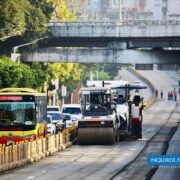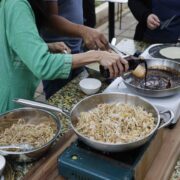Tayabas holds tree-planting activity for heritage conservation
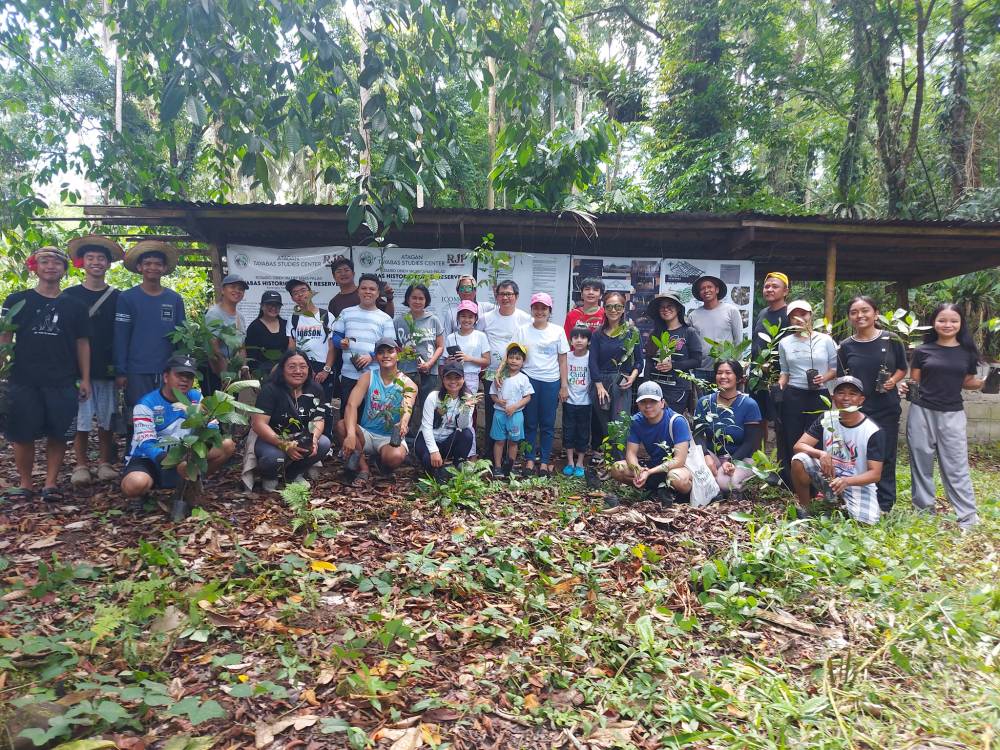
The Tayabas-based historical research organization Alternatibong Tahanan ng mga Akda at Gawang Nasaliksik (Atagan) recently held a heritage-based tree-planting activity to push for the sustainable conservation of its historic structures.
The first such activity in the country saw the group, also called the Tayabas Studies Center, planting narra (Pterocarpus indicus), katmon (Dillenia philippinensis), molave (Vitex parviflora), palosapis (Anisoptera thurifera), tanguile (Shorea polysperma), and ipil (Intsia bijuga) seedlings.
These wood types, plus ipil-ipil (Leucaena leucocephala) and minus ipil, are found at the trusses of the Tayabas church as identified by the graduate students of the University of Santo Tomas under the guidance of wood conservation expert Cheek Fadriquela.
Some of these wood species are also possibly utilized in other heritage structures of the city such as its two cemetery chapels, the Angustias chapel, and a few ancestral houses.
The city’s church complex, chapels, and Spanish-era bridges have the distinction of being National Cultural Treasures (NCTs) as previously declared by the National Museum.
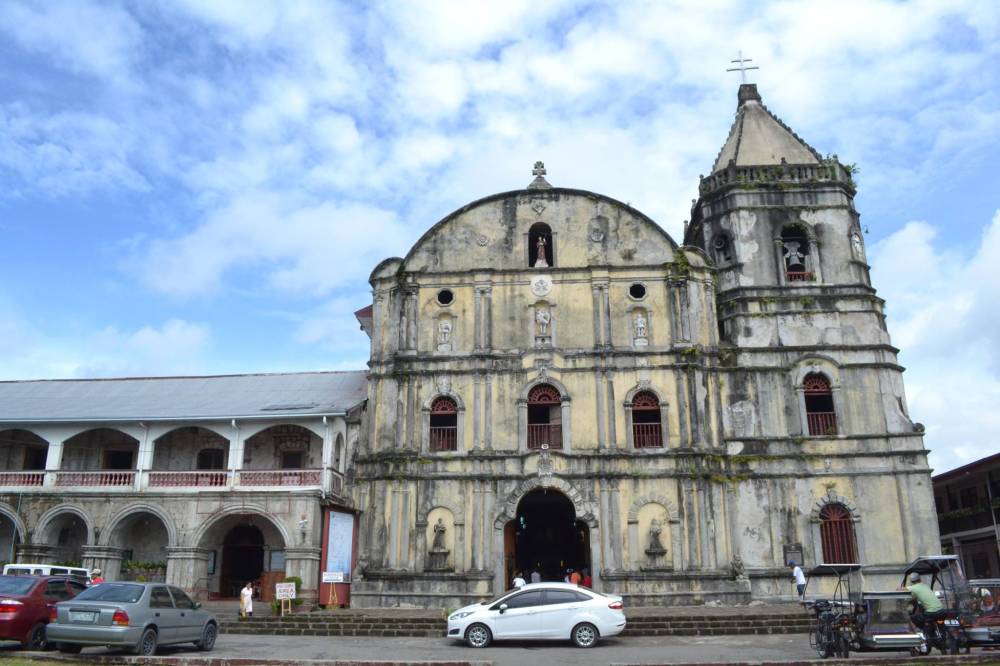
The research efforts of Fadriquela’s students served as the guide for the wood species planted in the city’s village of Tamlong.
“While this plan is private, this can be a good example for different local government units and private individuals to dedicate a [piece of] land to supply timber for their particular declared NCTs or National Landmarks,” said Ryan Palad.
This is the practical application of the research conducted to identify wood species at the said church. “In due time, 50 percent of the land wherein these trees are planted will be donated while half will be sold to benefit the owners’ heirs and the heirs of the caretaker who will continue this process.”
Forest reserve
The area, to be called the Tayabas Historic Forest Reserve, is dedicated to growing trees that will be used in the restoration and conservation of significant heritage properties in the region.
This is in line with the International Council on Monuments and Sites’ Principles for the Conservation of Wooden Built Heritage adopted in 2017, which note that “the crucial role that forest reserves play in the self-sustaining cycles of maintenance and repair of these wooden structures should be recognized.”
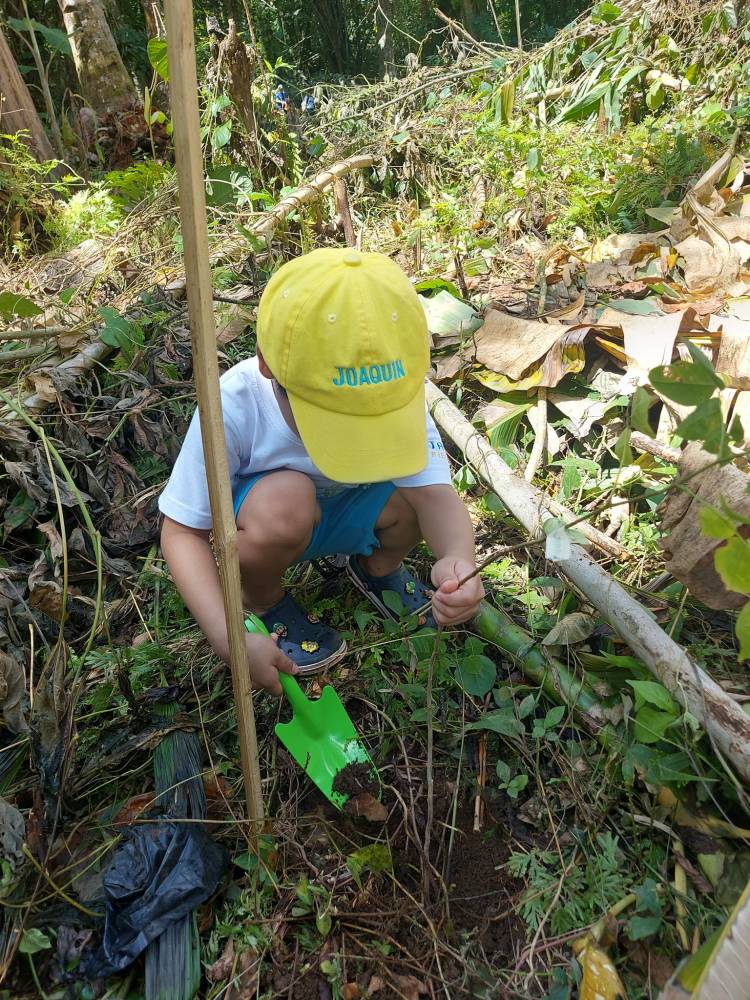
Further, “institutions responsible for the conservation of monuments and sites should encourage the protection of original woodland reserves and establish stores of seasoned timber appropriate for the conservation and repair of the wooden built heritage.”
Important to the conservation of wooden structures and wooden elements of historic structures, the reserve will eventually function as the source of seasoned materials used for repairs and inconsequential replacement.
Taaw Monument
In a recent development, construction works at the Taaw Monument in the city has been temporarily stopped, pending official communication with and clarification from the National Historical Commission of the Philippines.
Palad cleared to Inquirer Lifestyle that what his organization opposes is the repositioning of the bust of former mayor Doroteo Nadres, which hinders the view of the monument. The area will also not be walled up as was previously reported.
Michael Vincent Pabulayan of the local group Tayabas Heritage Network also wrote to Mayor Maria Lourdes Reynoso-Pontioso, asking for the relocation of Nadres’ bust either at his house, Casa Comunidad, or at the new city hall compound.
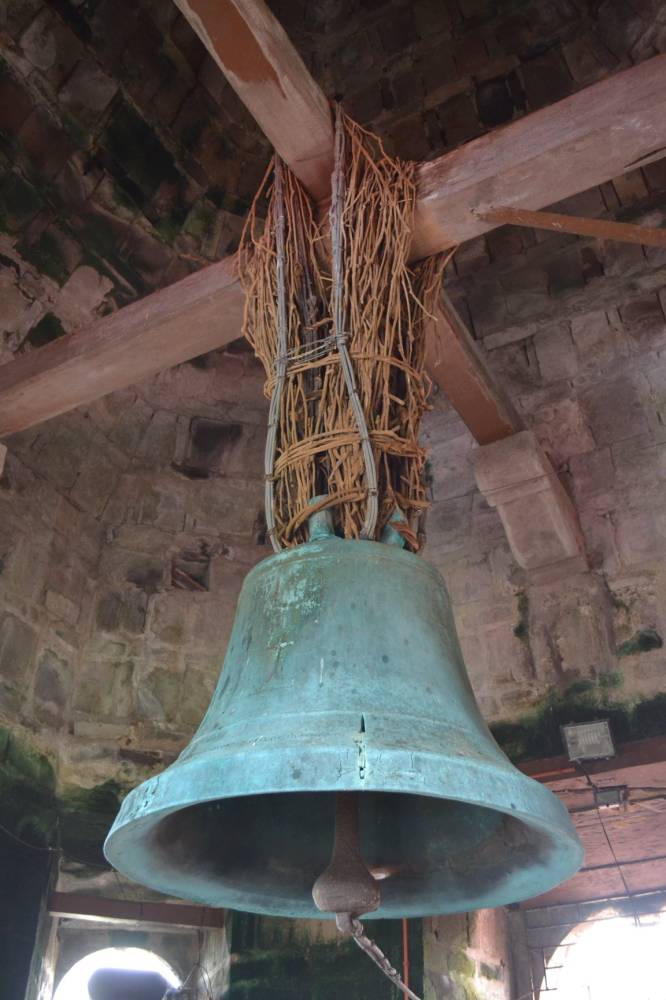
The group also suggested to Pontioso to improve the area of the monument through the help of heritage experts.
The local chief executive or the local government has yet to release a statement on the issue.
In yet another issue in the city shared by Pabulayan, the National Commission for Culture and the Arts (NCCA) assured him in a letter that the Casa del Niño building near the national treasure church of Tayabas has been approved by the former.
“Please be informed that the construction of the proposed two-story building has undergone significant revisions from the original intent of a three-story building, maintaining its design language which took into consideration the technical recommendations and revisions regarding the five-meter buffer zone from the Commission,” said the NCCA.
The NCCA also required the Diocese of Lucena to submit documentation and progress reports of the project to ensure that its recommendations are followed.











